By Joe Berk
If you like old guns and family heirlooms, you’ll enjoy this blog. The Ruger Single-Six you see here was my Dad’s gun. This revolver’s 4-digit, no-prefix serial number puts its date of manufacture at 1954, which means it is just a little bit younger than me. Ruger introduced the Single-Six in 1953 and they only made 49 of these revolvers that year, so mine is a first year of production revolver. That’s cool.
Dad kept the Single-Six loaded in a drawer near his bed. I don’t remember him ever shooting it. He kept it there just in case. Storing any gun in a holster is not a good idea (the leather retains moisture) and it had a light coating of surface rust in a few spots when Dad passed. A bit of 0000 steel wool and oil took the rust off and the gun is in remarkable condition.
Don’t forget to take care of us: Please click on the popup ads!
You probably noticed the custom walnut grips on this vintage Ruger. Dad was an excellent stockmaker (his work was on high end shotguns), but the stocks on his personal trap guns were usually kluged-up affairs with adhesive padding on the comb and glued-on spacers to get the fit he wanted. Dad didn’t care about appearance on his competition guns; all he wanted was a good fit so he could smoke clay pigeons. The work he did on his friends’ shotguns…that was another story. Those were stunning. Those other guys weren’t great shots; they cared more about looks. Dad was all about breaking pigeons on his guns, bringing home trophies, and bringing home cash (the monetary awards, especially for live pigeon shoots, were significant). We always had walnut blanks and remnants in Dad’s workshop, and one day when he didn’t have anything else to do he crafted the custom grips you see here. The wood-to-metal fit and the oil finish is perfect on these.

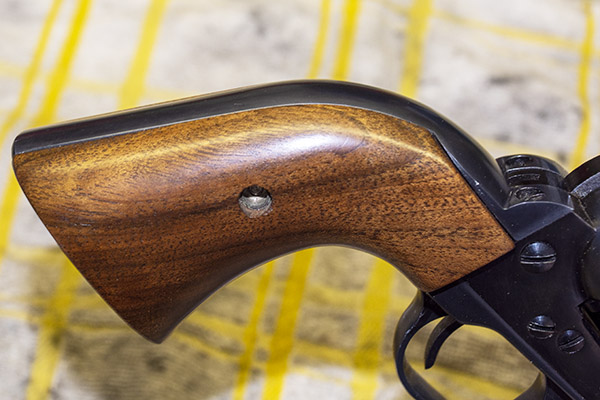
I wish new Rugers had grips that looked and fit like that. They don’t. You may recall the blog I did last year about a new Ruger .357 Magnum Blackhawk. It’s grip-to-frame fit was atrocious.
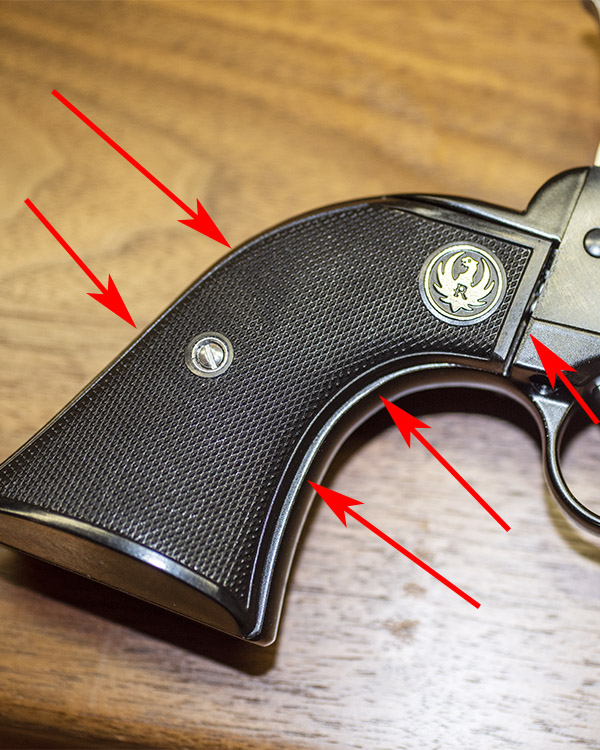
As an original Single-Six, this Ruger is what is referred to as an Old Model. It doesn’t have the transfer bar safety, and what that means is that if you drop it with the hammer over a loaded chamber, it can fire. Call me old fashioned; I’ve got my own safety approach to this problem: Don’t drop the gun. But that’s just me.
The Old Model Ruger revolvers are elegant. They are also referred to as three screw Rugers (because they have three screws on the right side; the newer model has two pins instead). The hammer cocking in the Old Model Rugers is similar to a Colt Single Action Army. There are four clocks, and that’s cool, too (especially for old guys like me).
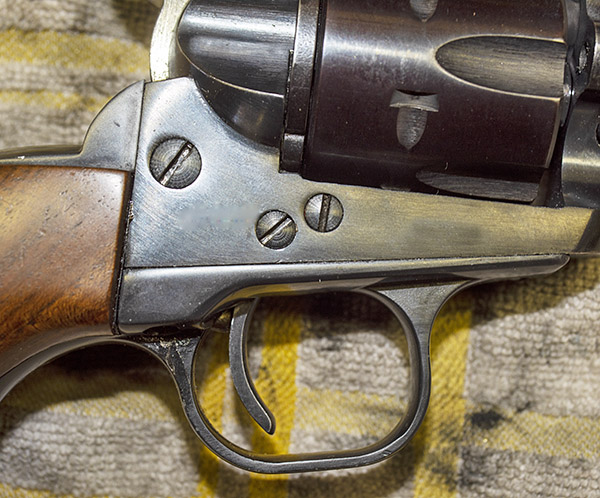
These old Ruger six shooters are also called flat gates because of the flat gate that opens for loading. The flat gate feature that didn’t stay on Rugers long. Ruger went to a contoured loading gate early in their history. It’s just something that sets this revolver apart.
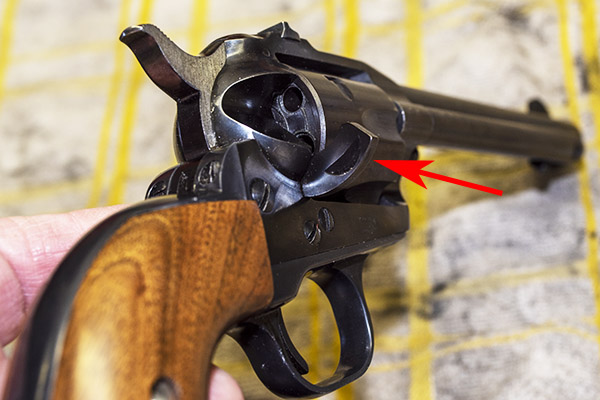
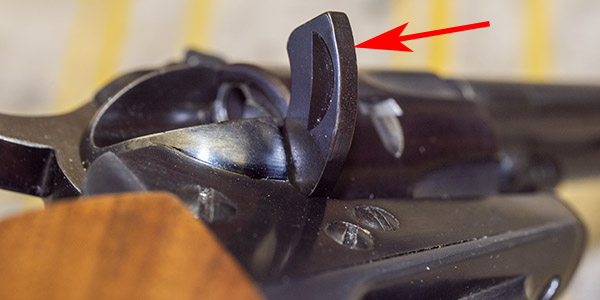
The early Rugers had recessed chambers. I haven’t owned a new Single-Six in decades and I don’t remember if the newer ones do or not. It’s a classy feature.

You probably noticed the gold inlay in this Ruger’s lettering. Back in the day, kits to do this at home were popular. I guess it holds up well; this was done quite a few years ago. You can still get these gold inlay kits from MidwayUSA.com.
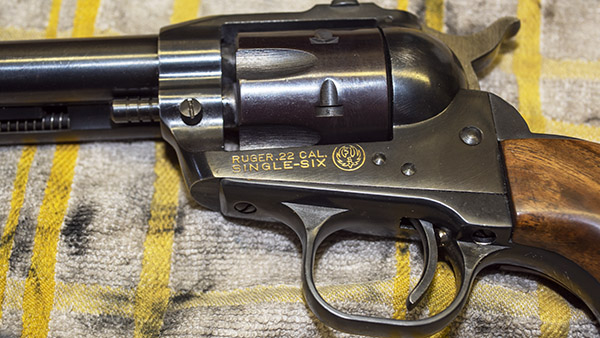
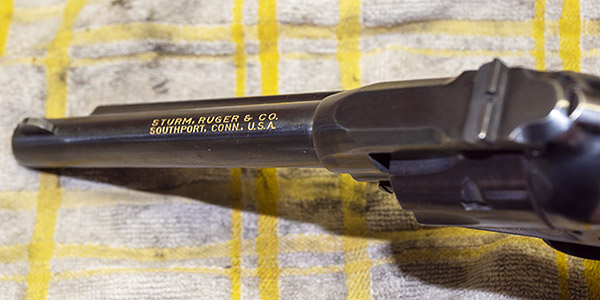
I grabbed an old box of .22 Long Rifle ammo and headed to the range a few days ago.
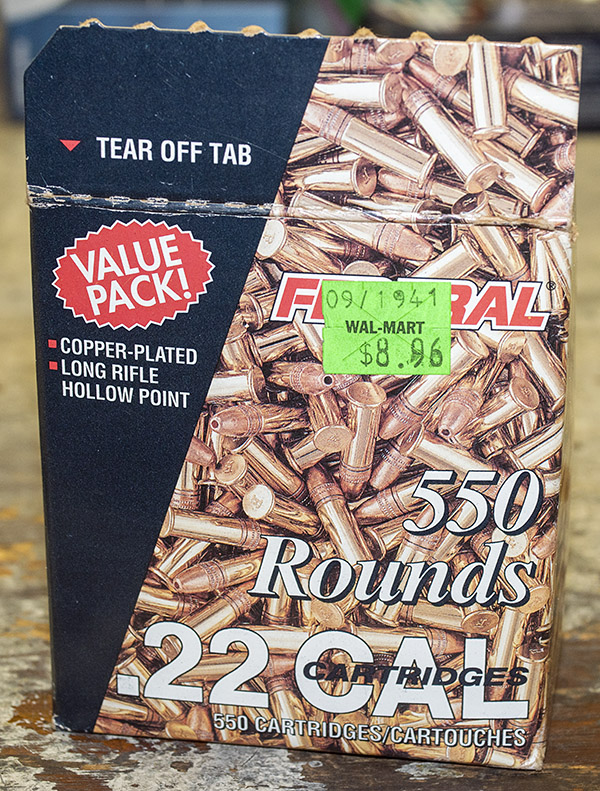

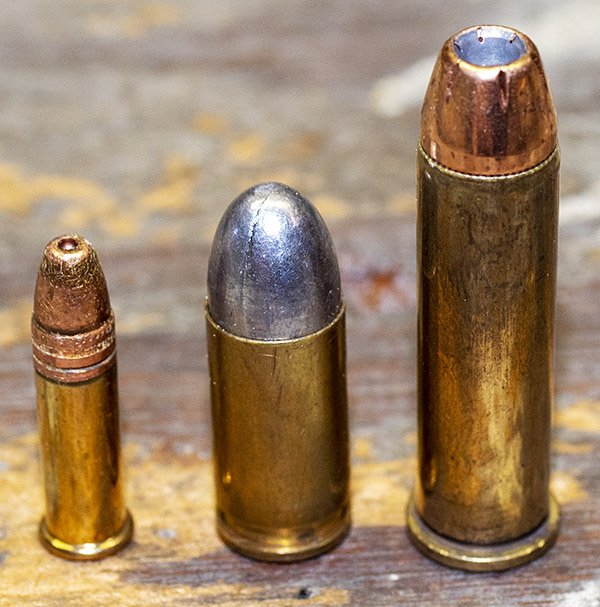
I ran my targets out to 50 feet at my indoor range and had at it, shooting off hand with a two-hand hold. As always, the Single-Six did not disappoint. It has fixed sights, but they are spot on.
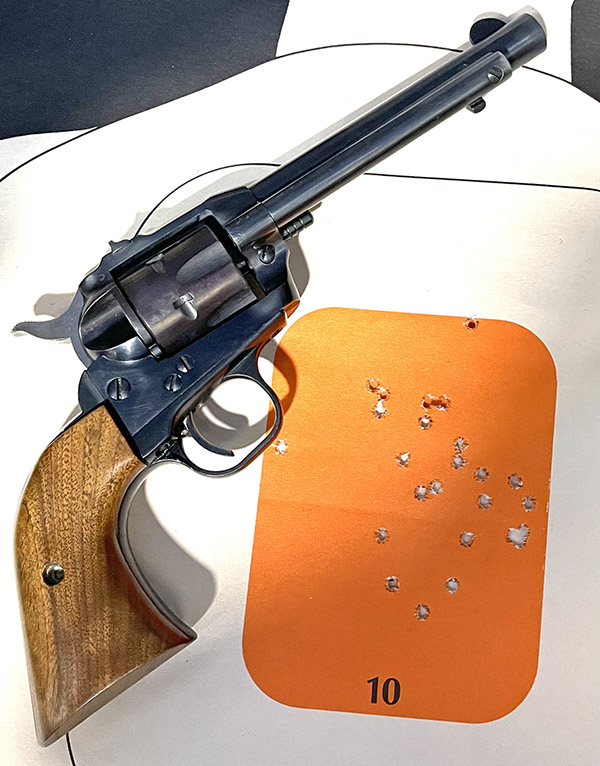
When first introduced in 1953, the cost of the Single-Six was $57.50. I grabbed this photo from my old 1956 edition of the Stoeger Shooter’s Bible. The Single-Six had gone up to $63.25 by 1956.
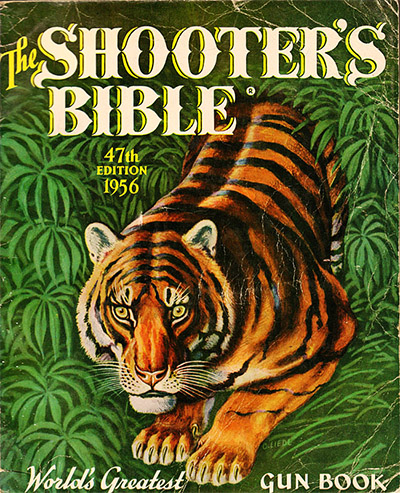

If you enjoyed this Rimfire Series story, keep an eye on us. Our next Rimfire Series story will be on a very cool Ruger 10/22 Mannlicher rifle from 1974, one with exceptional walnut.
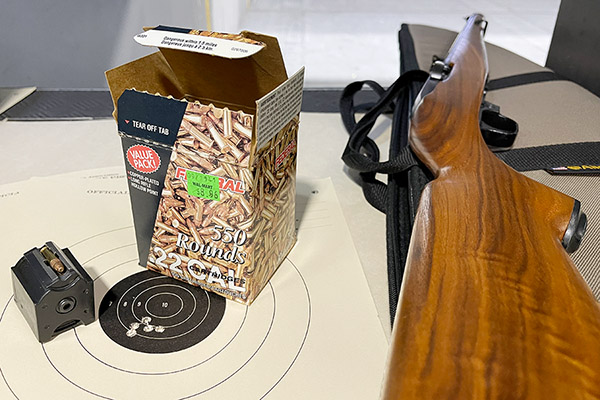
If you want to make sure you don’t miss the upcoming 10/22 story, please subscribe to the ExNotes blog:
If you would like to see our earlier blogs on .22 rifles and handguns, here’s a set of links.
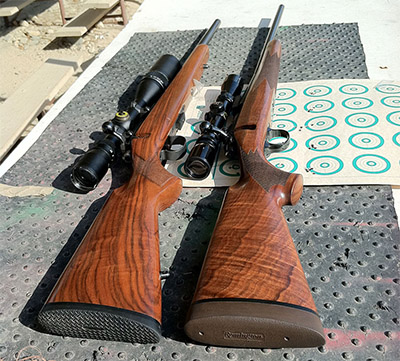 A Tale of Two .22s (a CZ Model 452 and a Remington Model 504)
A Tale of Two .22s (a CZ Model 452 and a Remington Model 504)




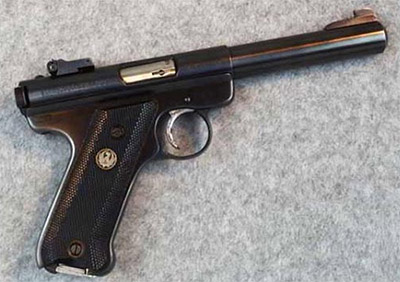
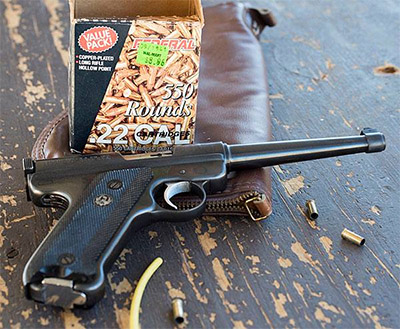
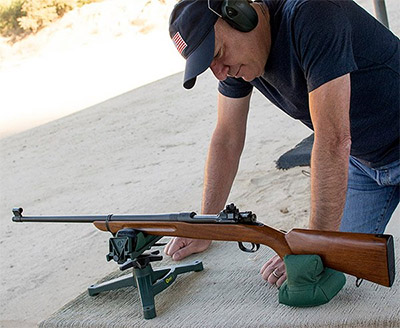
Those grips are just beautiful. Has TJ seen them?
Only on this blog, Bob.
Great blog my friend. Looking forward to seeing it in person in October. I wish I could have known your Dad back in the Old Days. Remember my theory of Socialization. Boys become their Fathers and girls become their Mothers. We proved my theory.
Thanks, Mike.